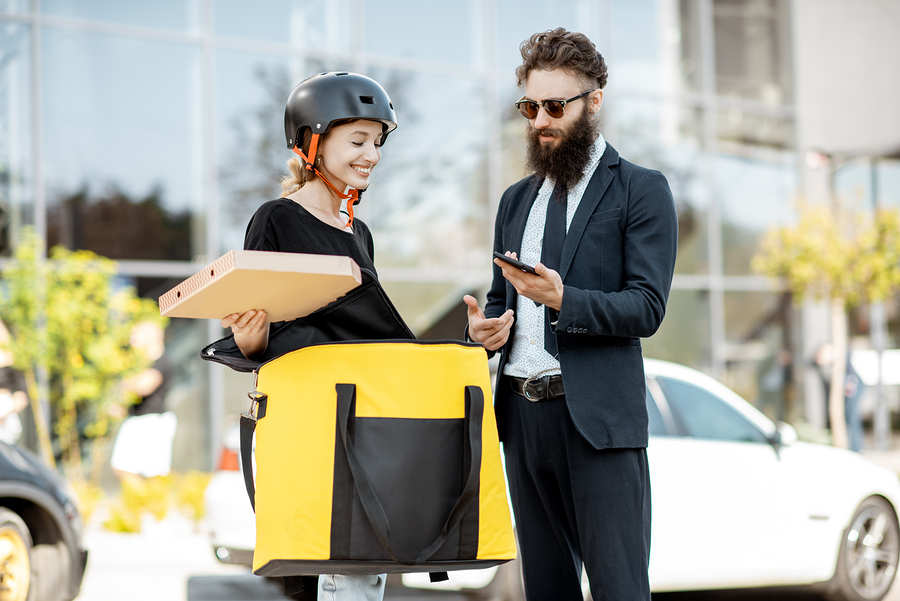NOW HEAR THIS: The Mobile Revolution Is Not A Trend.

“People shop and learn in a whole new way compared to just a few years ago, so marketers need to adapt or risk extinction.”
Brian Halligan, Co-founder & CEO of Hubspot
In an increasingly mobile world, with so much available to us so quickly it would astound our 1999 selves. The biggest question on our minds is how much more mobile will we get and at what cost? No, we’re not ruminating about intuitive technology that surrounds or becomes one with us (it’s supposedly coming) or tiny microchips we embed under our skin than can monitor our health or make purchasing products easier (it’s already here).
Rather, we’re acknowledging how far we’ve become entrenched in a mobile universe, and admitting that we are past the point of no return. There’s no denying it… We order up hot meals as easily as minivans, and have both delivered to wherever-you-happen-to-be in minutes, literally. We can find and FaceTime with kindergarten classmates we haven’t thought about in decades within seconds. We can earn a paycheck from anywhere, now that 43% of Americans work from home (or anywhere but a workplace) at least occasionally. Most Millennials, by the way, won’t even consider a job unless it’s an option. We can pay for things without cash, which now seems as antediluvian as dial-up internet access (a recent U.S. Bank survey reveals that half of Americans carry cash less than half the time they’re out).
The restaurant industry has been upended by mobile tech more so than all others. Thanks in large part to Millennials (where have we heard that before?), food delivery is now more than a $10 billion-a-year industry. Mobile apps like DoorDash, Grubhub and Uber Eats, among many, are the biggest beneficiaries as more and more consumers favor meals-on-the-go for convenience versus the time and rigor investment of the home-cooked variety. In fact, 2020 marks the first year that restaurants are projected to make more money from meals consumed from takeout and delivery than inside their establishments. Cloud kitchens (aka “ghost kitchens”), or commercial facilities that make food specifically for delivery, are one solution to consumers’ consumption demands, as are restaurants that only serve take-out customers, like a new PF Chang’s To Go in Chicago. And the entire food truck population built on that foundation.
You can now literally be anywhere—your home, a dog park, the DMV, and eat meals delivered from restaurants, read every major newspaper from all over the world, watch first-run films or your child’s graduation, or pay your mortgage (heck! Apply for a mortgage), order your groceries, and buy ink for your printer that is waiting on your doorstep when you get home (Hello Amazon Now!). In other words, activities that once required the effort of your presence now only require connectivity.
Ease and convenience are universally prized attributes when it comes to just about everything (and we have plenty of data to prove it!). Because of that, retailing to consumers is reinventing at a fast pace. What remains unclear are the effects, societal or otherwise, with the growing immersion in all things mobile, and lessening of those things interpersonal. But, let’s not digress, that subject deserves a blog unto itself.
Brands that have not come to terms with mobile ubiquity, and don’t already have a strategy for mobile relevance are scrambling to organize one. And, knee jerking isn’t a smart approach to strategy development. Savvy business leaders measure twice and cut once – the measuring being gathering relevant target consumer insights to guide their direction and shape their refinements. The voice of the consumer provides the best foundation for upward mobility!
~ Marketing Workshop